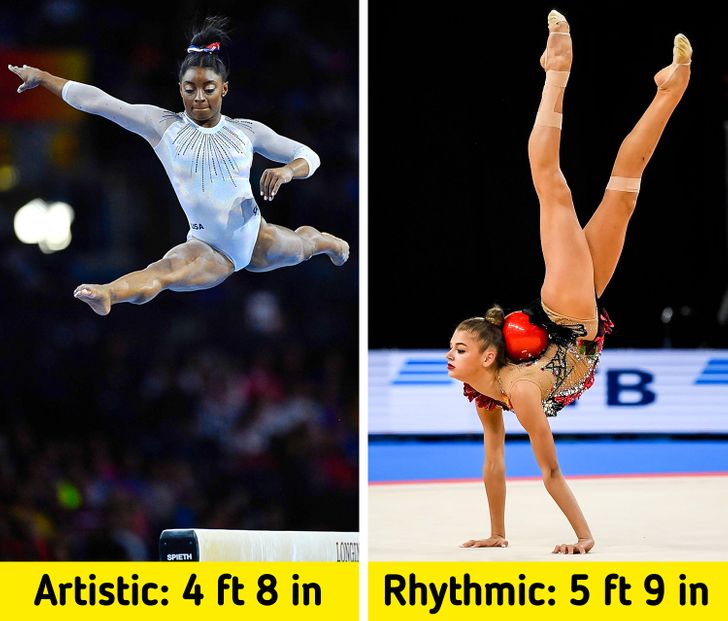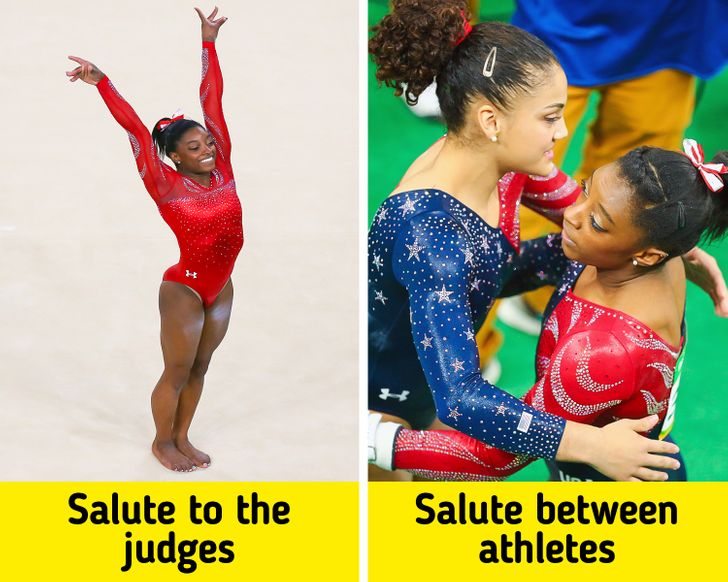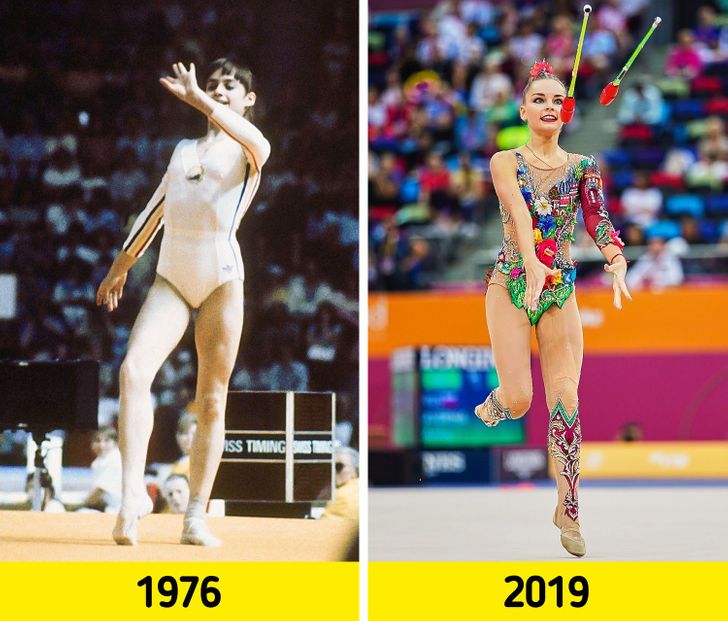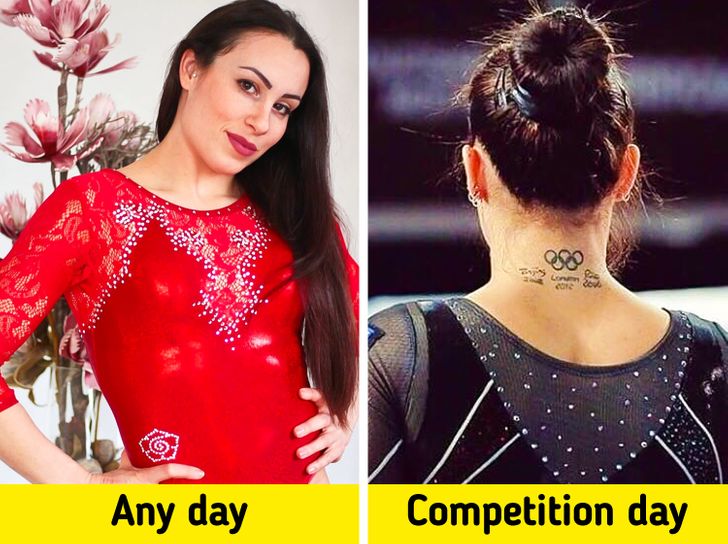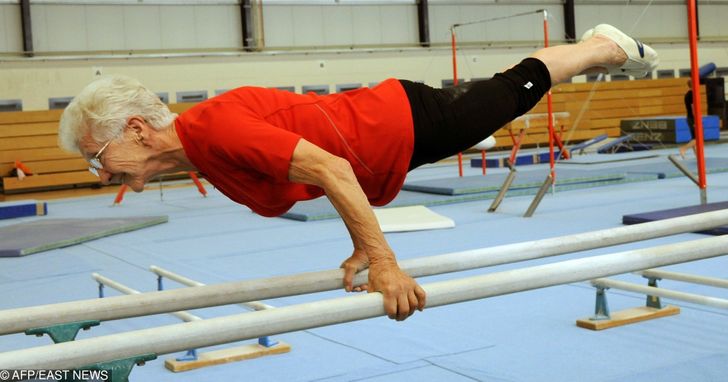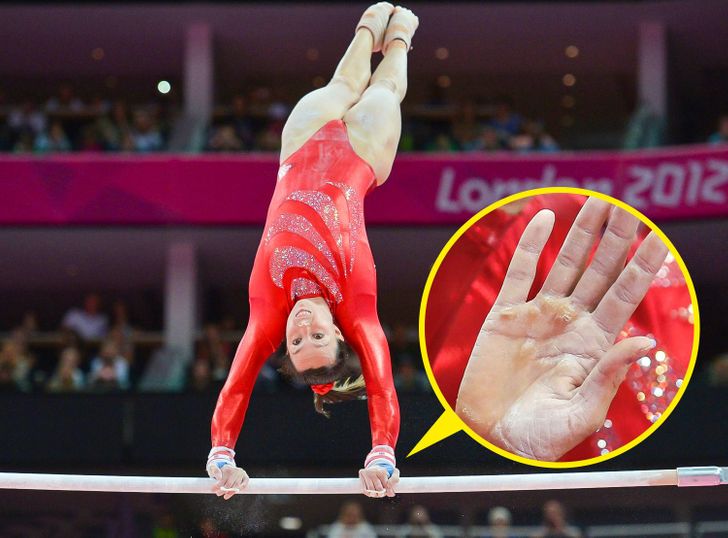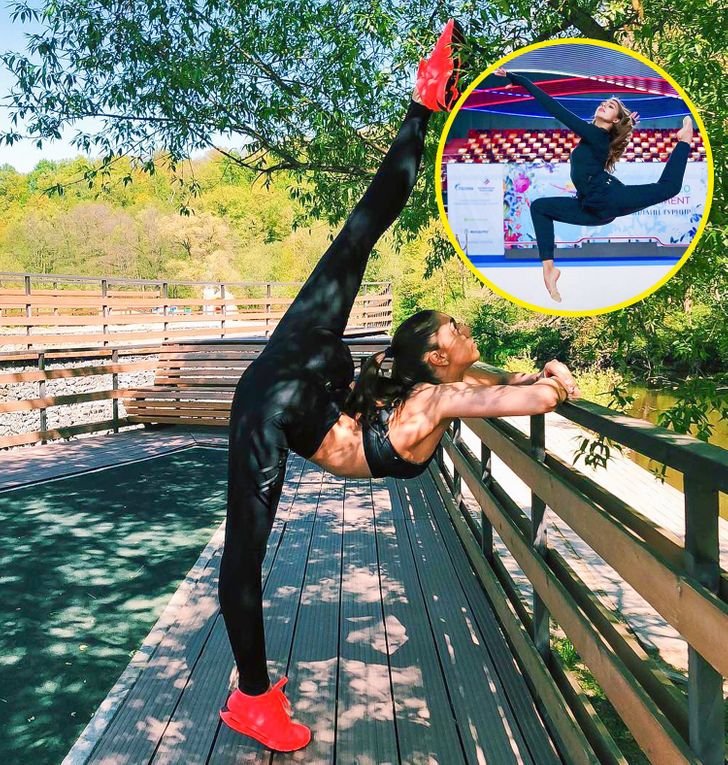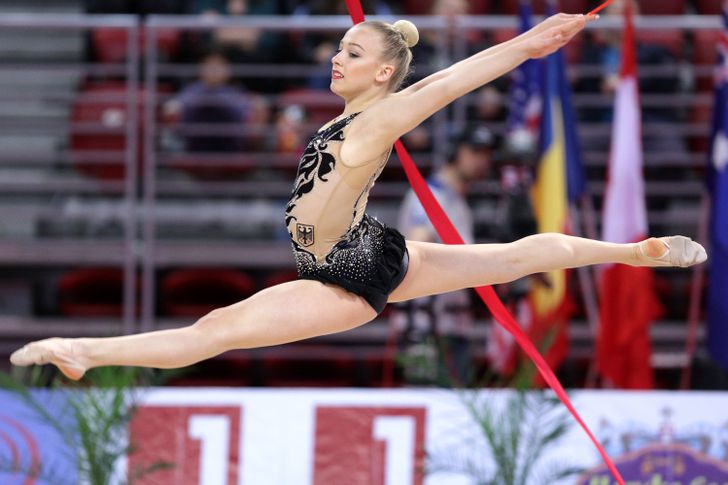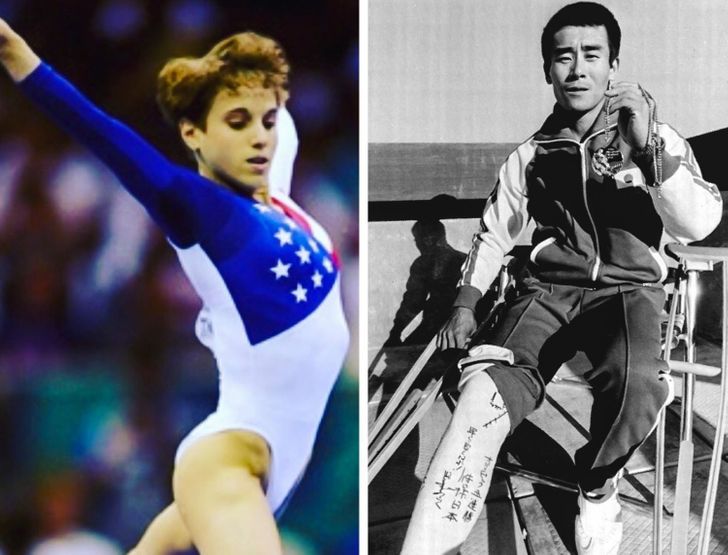Gymanasts are absolutely fabulous❤️
9 Facts About Gymnasts That Often Remain Behind the Scenes
The plasticity of the human body in sports like gymnastics, with its risky movements and exercises, is a work of art and a demanding physical performance. Gymnastics requires balance, strength, flexibility, agility, endurance, and control, mainly in competitions among professional athletes. Every detail counts, both aesthetically and in terms of performance. Let’s just say the bar is high.
Bright Side will go over some fun facts about this sport.
1. Being short can be favorable in some gymnastics disciplines, but it’s not a decisive feature.
A gymnast’s height has always been a matter of discussion because it’s usually short women who reach professional competition levels. Being short may increase their ability to perform movements involving whole-body rotations, by achieving a good strength-to-weight ratio. However, winning depends on a lot more than an athlete’s size.
Others believe that the nature of the sport itself may attract short people (like basketball attracts tall people), which would explain why they tend to be small. Still, the differences in height between athletes from different disciplines are interesting: rhythmic gymnast Aleksandra Soldatova, for example, is 5’9’’ tall, while artistic gymnastics athlete Simone Biles is 4’8’’ tall.
2. Rules of behavior apply before and after each routine.
Although some competition rules apply to athletic performance and to the gymnast’s appearance, athletes also need to pay attention to their behavior during the competition. For example, while performing a routine, athletes cannot be touched or guided. This could result in deductions from their score.
But there’s more, gymnasts, judges, and coaches are strictly prohibited from using recording devices, which can include things like cell phones.
3. Gymnasts have adapted their clothing to their time, and now they pay more attention to details.
As in many sports, like figure skating, it’s also the outfit that stands out, aside from the display of talent: In this case, it’s a leotard. But this wasn’t always the case. Modesty was the norm in the past, and the fabrics and decorations gymnasts used differ like night and day from the outfits they show off today.
Modern leotards help create an optical illusion, making the performer’s legs appear longer. The sparkly and shiny materials highlight the athlete’s muscles. Every detail counts: the contestant’s body type, their skin tone, and even the mat color.
4. The wrong hairdo can cost them points.
To prevent jurors from subtracting points, another rule that few would dare to break is to use some type of hairstyle other than a tight braid, bun, or ponytail. Their hair should be pulled back from their face to avoid blocking their view, otherwise, it could be considered unsafe. Along these lines, flashy jewelry isn’t allowed either, but earrings are regarded as safe as long as they are just a small and simple pair.
5. Even after they retire professionally, most gymnasts keep a training routine.
Gymnasts’ bodies get used to the stress of training early on because they begin practicing the sport before 5 years old, and train for around 40 hours a week. This is why some still need it to stay fit throughout their lives, although at a lower intensity. Perhaps, for this reason, most ex-gymnasts maintain some kind of routine.
Yet, training injuries can manifest themselves decades later. The oldest gymnast to compete in an Olympics is Oksana Chusovitina, and because of her age, she defies the average. Her performance could be related to her genes: Like other athletes, she can recover pretty quickly from physical stress.
6. Calluses can become allies
Calluses are not always undesired. They are sometimes worn as a badge of honor, especially because they can be a sign of something that an athlete isn’t doing properly in a routine that they should fix. That said, there are differences between healthy and unhealthy calluses and there are times when a doctor should be consulted, like when a callus is discolored.
7. They practice imagining routines as a form of training
On one occasion, Olympic gymnast Margarita Mamun advised a group of younger athletes to imagine their routines for 1 minute and 30 seconds before going to sleep at night. Visualization among gymnasts is a frequent psychological practice during training, competitions (to reduce anxiety), and even rehabilitation.
8. To keep their leotards in place, they can paste them to their bodies with a special glue.
If judges can see the competitors’ underwear, they will deduct points from their scores. So some prefer to not wear anything under their outfits, and others even use a sticky spray to keep their clothing in place.
9. They can be willing to confront pain to achieve their goals.
There have been moments in sports history when the difference in a score to determine first and second place in a contest has been too small. In those instances, athletes have decided to deal with pain to achieve victory.
1996 Atlanta Olympic Games: After a poor landing in which she twisted her ankle, Kerri Strug (on the left) made a second jump that led her team to reach the gold medal.
Olympian Fujimoto (right) also went down in history after breaking his knee and keeping the injury hidden during his performance in a 1976 competition to not alert his rivals. He would later say: “Although I was injured, I had to do it anyway, for me, for the team.” His brave performance helped Japan win the gold medal.
Do you like to watch gymnastics competitions? Do you know of any other fun facts about this sport? Which sports do you practice or would you like to practice?
Comments
my father did gymnastics when he was in his 20es, he is still very flexible and trains weekly
and here is me, 23, can't even go up the stairs without getting tired 🤣
haha, my dad was always very concerned with our health and lifestyles so he made us do exercises several times a week and made sure we have some physical activity daily. I got used to be active!
My mom was had a flexible body in her teens and she could do difficult gymnastic poses. Now she cannot do as she has aged. My sister can do difficult yoga poses while I can do very few poses which are camel posture and wheel posture.
I believe it's not only in gymnastics but in any competitive sport, where sportsmen have to overcome pain to achieve their aims
all these competitions are way more dangerous than they seem, that's why I don't like most of them 😅
Related Reads
17 Coworkers Who Took Everyone by Surprise

I Refuse to Let My Unemployed Son Take Advantage of Me After He Moved Back In

My Husband Spent All Our Savings to Hide His Secret

I Banned My Step-Daughter From Our Vacation, Until I Got a Terrifying Call at 3 AM

My Son Refused to Speak to Me Without His Wife, Until It Blew Up in His Face

16 Times Baby Monitors Caught More Than the Baby

12 Inspiring Parents Who Became Real-Life Heroes for Their Kids

I Got My Inheritance, but It Came With a Family Secret I Wasn’t Prepared For

My MIL Played Favorites and Ignored Our Daughter, So I Got My Revenge

My Husband Thought I Was Faking My Period Pain—So He Secretly Set a Trap With His Mother

I Was Thrown Out of My Son’s House—But I Turned the Tables

12 Wealthy People Who Kept Their Darkest Secrets Behind Closed Doors

